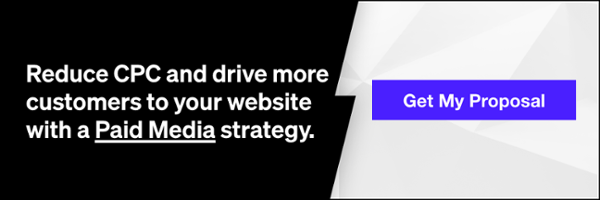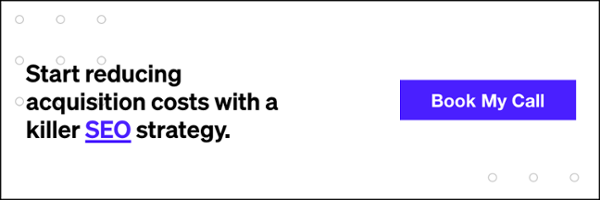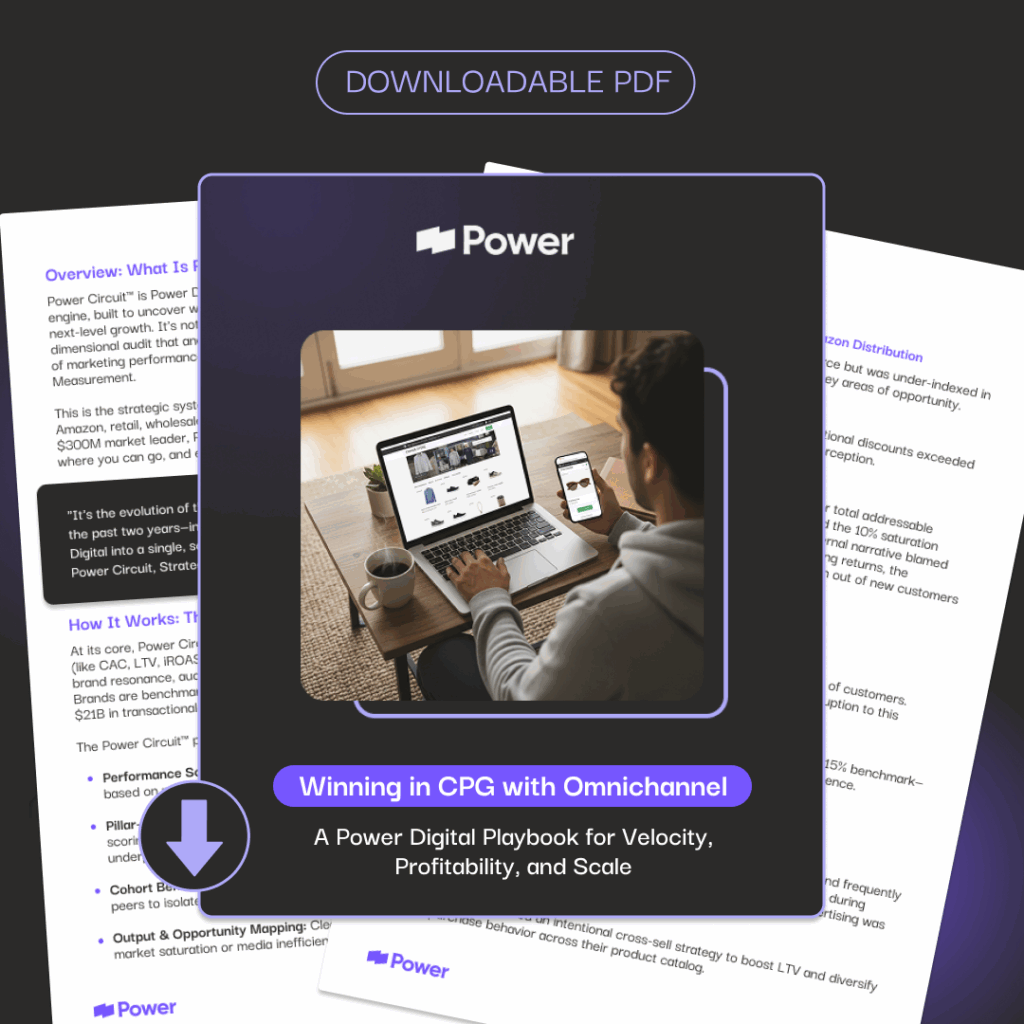What Your Company Should Know About Google

In today’s age it’s extremely important to integrate your business online since consumers have become very tech savvy. 90% of families have 3 internet devices and constantly switch between desktops, tablets, and smartphones to reach the internet. Knowing this information businesses need to understand how search engines work to successfully put their brand in front of customers. Google dominates the search engine market with 74.8% of market share for all online users. This is due to the fact that they have an advanced algorithm that provides the most relevant content for its users.
It’s critical to understand the basics of how this algorithm works, so that you can maximize your business presence online. Google’s algorithm has over 200 ranking factors that determine which website should rank on the first page. It’s important to get onto the first page of the search results because 94% of searchers don’t go past page one. In this blog post we’re going to go over the difference in algorithms for both paid search (paid advertisements) and organic search (results based on relevance without any payment), so that you can apply this information to increase your business online. Google has created different algorithms for both paid and organic search results, so we’re going to go over the difference between the two and end with starting steps that your business can take that utilize both the paid and organic channels.
Paid Search
Paid search refers to advertisements that companies pay for to get their website featured on Google. There are a number of different ways to advertise on Google, but for this example we’re going to focus on Paid Search. You may have noticed that along the top and sides of Google SERPs (Search Engine Result Pages) there are paid advertisements. (Refer to the image below)
Companies use Google’s advertising platform called Google Adwords to generate these ads. As mentioned earlier Google is built around providing relevant content to it’s users, so they’ve developed an algorithm that only shows ads that are centered on a user’s search query. In order for your ad to be shown companies compile a list of keywords that can trigger the ad. To help determine which relevant ads should be shown Google has created a term called “Ad Rank”. Ad Rank is composed of Max CPC (Maximum Cost Per Click – the most you’re willing to pay for an ad) and quality score (how relevant your ad is to the search query). The more that you’re willing to pay for an ad the better chance you have of your ad getting shown, but quality score prevents irrelevant ads from showing.
In the above image the paid ads were triggered when a user searched for the term “realtor in San Diego.” Notice that all of the ads only displayed realtors in San Diego and not surrounding cities such as Los Angeles. Even if realtors in Los Angeles were willing to pay more to show ads in San Diego, Google wouldn’t display these ads. This is because Google only gets paid when a user clicks on an ad. People who search “realtor in San Diego” wouldn’t click on the ads with Los Angeles in them and Google wouldn’t get paid. Relevance is what keeps Google as the leading search engine in the United States.
In addition to Ad Rank Google also takes into account CTR (Click Through Rate – how often an ad gets clicked), how relevant the landing page is to the ad (the page a user goes to when an ad gets clicked) and many other factors. Now that you have a basic understanding of paid ads, we’re going to get into the non-paid side of Google referred to as organic search.
Organic Search
Unlike paid advertising organic search refers to search results that appear in Google only due to relevance. Companies do not pay Google to get these spots, but rather optimize their site. When you search a term in Google you’ll notice that underneath the paid ads there are about 10 websites that are featured. (Refer to the image below)
In order to appear in these organic spots companies must understand the algorithm for how Google “reads” websites. Google crawls the web and indexes websites about two times a month. This means that Google goes around the web, scans websites, and saves them in their database. Every time a user enters a search query Google looks at its database and chooses the most relevant website to display. This is where search engine optimization, abbreviated as SEO, comes into play. There are two overarching elements that Google uses to choose the most relevant website: the content on a page and the backlinks of a website. In SEO terms this is referred to as “On Page” SEO and “Off Page” SEO.
On Page SEO
On page SEO refers to the content within a site. Google needs to properly categorize websites and they do so by taking a look at the content on a page. To continue with the realtor example, if a user types in “realtor in San Diego” Google will check its database for websites that contain relevant associations such as “homes in San Diego,” “buy homes in San Diego,” “sell homes in San Diego,” etc. The best way to optimize a site is to use variations of keywords and provide great content. However, keep in mind that Google’s algorithm has become very complex and will penalize websites that stuff keywords on a page. Google can read the context of a page, so the greater the detail you go into the better you’ll rank. In addition to content Google also examines a sites copy length, time on site, amount of pages visited, and many other factors.
Off Page SEO
The other aspect of SEO is Off Page. Off Page SEO is focused on link building, which builds the authority of a website. Each website has an authority metric referred to as domain authority. Domain authority ranges from 1 to 100 with 100 being the highest rank possible. This authority is built through links. When a website connects to another website some of that authority is transferred over. For example if a website connects to CNN (CNN has a domain authority of 100), then some of that link authority would transfer over to that linking website. This is because if a reputable website such as CNN links to a website, this tells Google that this other website is credible.
Having a high domain authority is critical because it allows you to rank for terms with high search volume, which means more people that can potentially click onto your website.
Where To Start
Now that you have a basic understanding of what Google looks for in paid and organic search lets go over how your business should integrate this knowledge and apply it to your business. When you’re looking to increase traffic to your website paid search will give you immediate traffic. This is because with paid search you can start getting people to your website as soon as you launch your ads. SEO on the other hand can take about 2-3 months before you see any traffic from your efforts.
Knowing this information it’s best for a business to start of with paid ads while optimizing a site for SEO. The advertisements will provide immediate traffic, while the SEO develops. Within a few months of this both paid and organic channels will begin to bring traffic to a website. While this only scratches the surface on how Google determines which website to display understanding the basics will help your business get started to achieving its online goals.
Our Editorial Standards
Reviewed for Accuracy
Every piece is fact-checked for precision.
Up-to-Date Research
We reflect the latest trends and insights.
Credible References
Backed by trusted industry sources.
Actionable & Insight-Driven
Strategic takeaways for real results.







